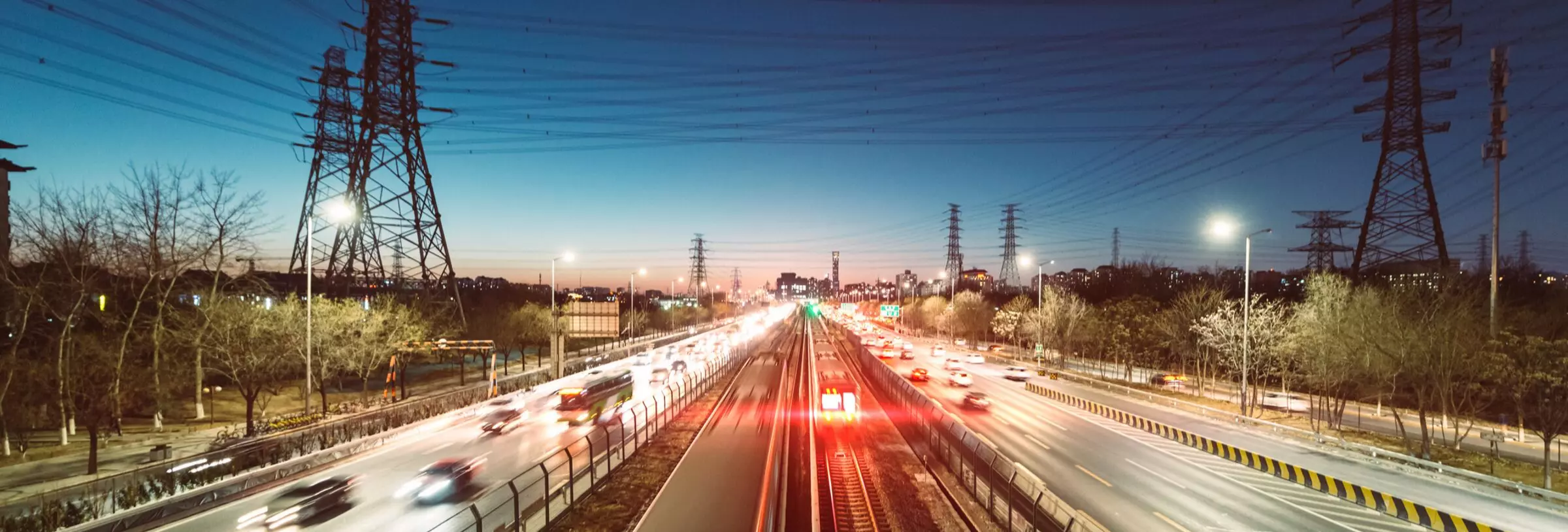For the last two-plus years, we have been waiting for guidance from the California Supreme Court on whether public agencies could utilize the statutory right of entry procedure to gain access to private property to conduct investigations and testing. Such activities are routinely part of the environmental approval process for public works projects, and if agencies are forced to go through a regular condemnation proceeding, projects could be delayed for many months or even years. Today, the Supreme Court issued its decision in Property Reserve v. Superior Court, holding the right of entry process constitutional, with one reform -- which the Court modified on its own by providing for a jury trial on the amount of just compensation. Below is a short summary of the 73-page opinion; be on the lookout for a more detailed e-alert.
Property Reserve Background & California’s Right of Entry Procedure
The California Department of Water Resources sought to conduct environmental and geological studies and testing on more than 150 privately owned parcels of land that the state, in the future, might seek to acquire for the Sacramento-San Joaquin Delta twin tunnels project. The Department filed petitions to enter the properties and undertake studies and testing to determine the suitability of each property and to comply with environmental laws for the project.
By way of background, California’s right of entry statutes provide that a public agency may enter upon property to make photographs, studies, surveys, examinations, tests, soundings, borings, samplings, or appraisals or to engage in similar activities reasonably related to acquisition or use of the property for that use. (Code Civ. Proc., sec. 1245.010.) In order to secure such entry, the agency must obtain the owner’s consent or obtain an order from the court. If the agency is required to petition the court for approval, the court may determine (i) the nature and scope of the activities reasonably necessary, and (ii) the amount the agency must deposit as the probable amount of compensation for the entry. If the agency causes damage or substantial interference with possession and use of the property, the owner may recover for such damage in a civil action or by application to the court.
The trial court permitted some investigations but not others, particularly finding that the requested geologic testing (which involved drilling and re-filling deep holes) required a classic condemnation action. On appeal, the Court restricted the proposed precondemnation testing even further, effectively finding that almost all precondemnation rights of entry constituted a taking requiring a condemnation action. After making its way through the trial court and the Court of Appeal, the importance of the decision garnered enough attention to peak the Supreme Court’s interest. The California Supreme Court reversed, holding that the right of entry procedure is constitutional once it is reformed to provide the right to a jury trial, which the Court revised on its own initiative.
Supreme Court’s Findings
The Supreme Court starts by initially concluding that the right of entry process and its broad scope of allowed activities covers the testing and investigations the Department proposed to undertake. The Court explained that the Legislature established the right of entry statutes to provide a mechanism to meet the unquestioned need for precondemnation entry and testing while avoiding the ill-advised and premature condemnation of private property. The question, then, became whether the right of entry procedures conflict with the takings clause.
The Court explained that the right of entry procedure requires (i) the institution of a legal proceeding, (ii) a limitation on the entry to only those activities reasonably necessary to accomplish the investigation, (iii) a deposit into court the probable amount of compensation, and (iv) a process to obtain additional compensation for any losses. With the exception of a jury determination on compensation, there was no conflict with the takings clause. Instead, the statutes simply provide the benefit of a more expeditious and streamlined procedure for obtaining recovery for any damage that may result from entry and testing activities.
In order to address the missing element of a jury determination on value, the Court concluded that the appropriate remedy is to reform the precondemnation entry statutes so as to afford the property owner the option of obtaining a jury trial on damages . . . . The Court reformed the statute accordingly.
Conclusion
The decision is a significant victory for public agencies. Such rights of entry are a necessary component to keep public projects on schedule while still complying with the maze of environmental laws that govern their approval. Property owners are also now afforded their day in court -- before a jury -- should there be a disagreement about compensation; that day will just be on an expedited basis. Stay tuned for a more detailed analysis.
- Partner
Brad Kuhn, chair of Nossaman's Eminent Domain & Inverse Condemnation Group, is a nationally-recognized leader in the areas of eminent domain/inverse condemnation, land use/zoning and other property and business disputes. Brad ...
Eminent Domain Report is a one-stop resource for everything new and noteworthy in eminent domain. We cover all aspects of eminent domain, including condemnation, inverse condemnation and regulatory takings. We also keep track of current cases, project announcements, budget issues, legislative reform efforts and report on all major eminent domain conferences and seminars in the United States.
Stay Connected
 RSS Feed
RSS Feed
Categories
- Administration
- Appraisal
- California
- CLIMATE CHANGE
- CONGRESS
- Construction
- Court Decisions
- EPA
- Events
- Goodwill
- GOVERNMENT ADMINISTRATION
- Inverse Condemnation & Regulatory Takings
- Lawsuit
- New Legislation
- Possession
- Projects
- Public Agency Law
- Publications
- Redevelopment
- Regulatory Reform and Proposed Rules
- Right to Take
- Right-of-Way
- Seminars
- Speaking Engagements and Presentations
- trial
- Valuation
- Videos
- Water

